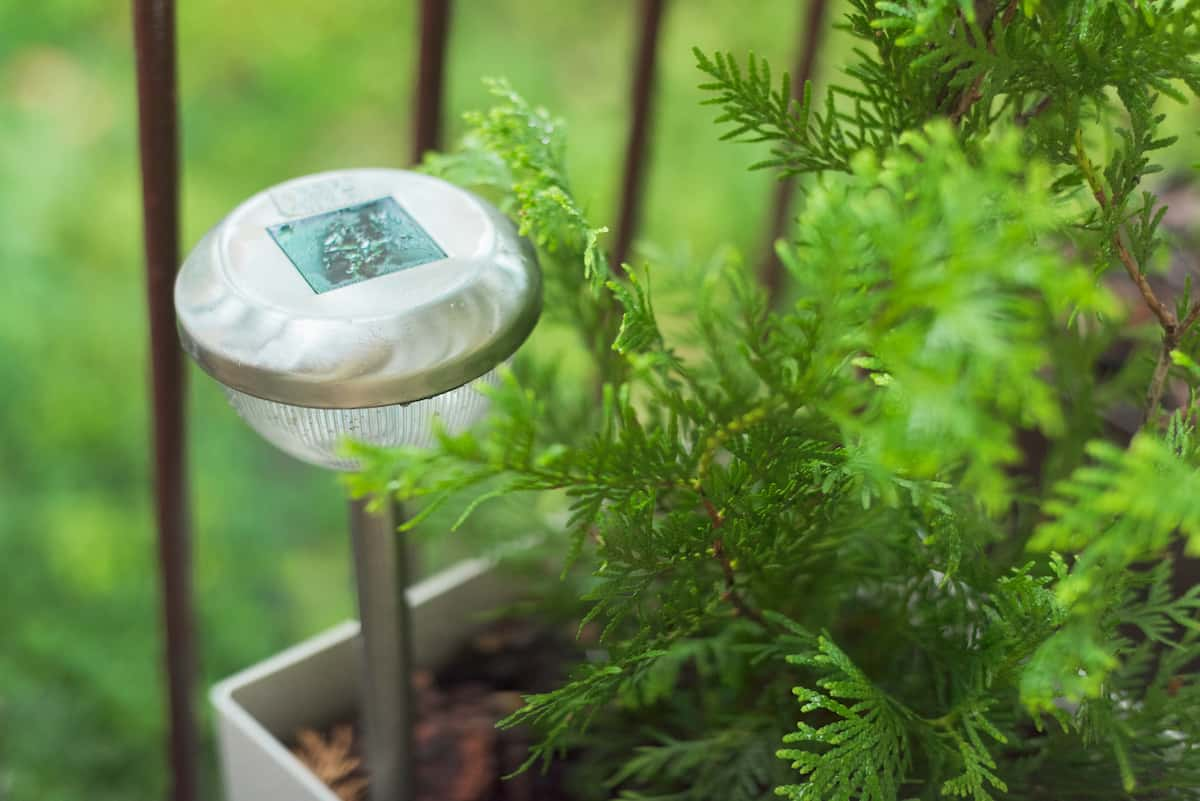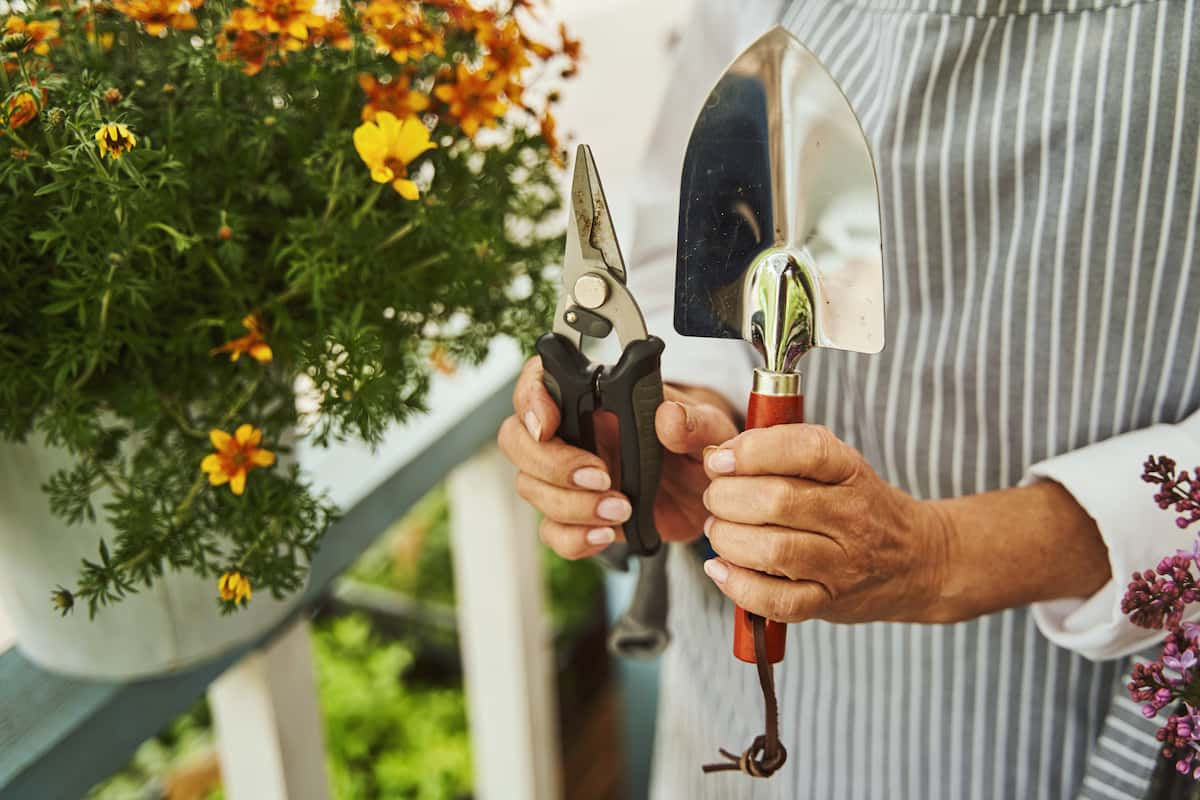Terrace landscaping is a great method to make your outdoor area more aesthetically pleasing and practical. In addition to allowing you to grow plants, it improves the look of your property. With the right planning and design, you can create a beautiful terrace to enjoy nature, entertain guests, or simply relax in your sanctuary. This guide will offer practical tips and innovative ideas to help you embark on your terrace landscaping journey. Below we learn terrace garden ideas for beginners and a step-by-step guide to creating a beautiful terrace.

Terrace Landscaping Ideas
Assessing Your Space and Needs
- Evaluate your terrace area: Before you start any landscaping project, it’s crucial to assess the available space on your terrace. Measure the area and make a rough sketch to plan your design. Consider sunlight, wind, and drainage to ensure your plants and features thrive.
- Determine your needs and desires: Think about how you want to use the terrace. Do you want a relaxing space, entertaining guests, or growing a vegetable garden? List your priorities and ensure they align with your terrace’s size and conditions.
- Set a budget: Estimate the costs of materials, plants, furniture, and labor. This will help you prioritize your needs and allocate resources wisely.
Planning Your Terrace Landscape
- Choose a theme: The first step in planning your terrace landscape is selecting a theme that suits your taste and complements your home’s architecture. Some popular themes include Mediterranean, Zen, English cottage, tropical, or modern minimalist.
- Design the layout: Based on your chosen theme, sketch a layout for your terrace. Include seating areas, pathways, planting beds, and water features. Consider incorporating levels and partitions to add depth and visual interest to the space.
- Select plants: Choose various plants that suit your theme, climate, and terrace conditions. Consider factors like sun exposure, water requirements, and maintenance needs. Mix and match different textures, colors, and sizes to create a visually appealing landscape.
Preparing Your Terrace
Clean and repair: Begin by thoroughly cleaning your terrace. Remove any debris, such as fallen leaves, dirt, or trash. Eliminate weeds or unwanted plants growing in the area. Inspect the terrace for damaged structures, surfaces, railings, or walls. Repair or replace them as necessary to ensure a safe and functional space.
Waterproofing: Proper waterproofing is essential to prevent damage to your home’s structure, especially when introducing plants and water features. Consult a professional to evaluate your terrace’s current waterproofing system and make any necessary upgrades. They may suggest using a waterproof membrane, liquid-applied coating, or a combination of methods to create a durable and effective barrier.
Drainage: Ensure proper drainage on your terrace to prevent standing water, which can lead to rot, mold, and damage to your home’s structure. Assess your terrace’s slope and determine if it adequately directs water away from your house. To improve water management, consider installing drainage systems like French drains, channel drains, or permeable paving.
Add railings or barriers: If your terrace has a significant height difference or is adjacent to a steep slope, installing railings or barriers is crucial for safety. Choose materials that complement your terrace’s design and meet local building codes. Ensure the railings are sturdy and provide an adequate level of protection.
Evaluate and upgrade flooring: Inspect the existing flooring on your terrace for any cracks, uneven surfaces, or signs of wear. Depending on your design and budget, you may repair, replace, or upgrade the flooring. Select durable, weather-resistant, and slip-resistant materials, such as natural stone, porcelain tiles, or composite decking.
Add electrical connections: If your terrace design includes lighting or electrical features, you must ensure proper electrical connections are available. Consult a professional electrician to install outlets and wiring compliant with local codes safely.
In case you missed it: Frequently Asked Questions About Terrace Gardening

Implementing Your Terrace Landscape Design
- Build hardscape elements: Start by constructing the hardscape elements of your design, such as pathways, patios, retaining walls, and water features.
- Install irrigation: Set up a suitable irrigation system for your plants, considering factors like water pressure, water source, and local water restrictions. Drip irrigation systems are popular for terrace gardens due to their water efficiency and precise delivery.
- Prepare planting beds: Create planting beds using appropriate soil mixes and amendments. Ensure proper soil depth for the roots of your chosen plants.
- Plant your garden: Arrange and plant your chosen flora, considering each plant’s mature size, sun exposure, and water needs.
- Add lighting: Install outdoor lighting to illuminate your terrace at night. Solar-powered or LED lights are energy-efficient options that provide ample illumination.
Furnishing and Decorating Your Terrace
- Select furniture: Choose outdoor furniture that complements your terrace’s theme and meets your functional requirements. Consider weather-resistant and durable materials, like teak, wrought iron, or synthetic resin.
- Add accessories: Incorporate accessories that accentuate your chosen theme and add personality to your terrace. Decorative items like cushions, rugs, planters, and sculptures can enhance the ambiance.
- Create privacy: If you desire more privacy, consider adding trellises, privacy screens, or tall plants to create a secluded and intimate atmosphere.
- Add shade: Depending on your terrace’s exposure to sunlight, you may want to incorporate shade solutions like umbrellas, pergolas, or shade sails to protect you and your plants from excessive sun and heat.
Maintaining Your Terrace Landscape
- Regular upkeep: Establish a routine for watering, pruning, weeding, and fertilizing your plants. Timely maintenance will ensure your terrace garden stays healthy and beautiful.
- Pest control: Monitor your plants for pests and diseases. Use environmentally friendly methods like companion planting, biological control, or organic pesticides to manage infestations.
- Seasonal care: Adjust your maintenance routine to accommodate seasonal changes, such as increased watering during hot, dry periods or protecting plants from frost in colder months.
- Periodic updates: Over time, you may need to replace worn-out furniture, repair hardscape elements, or refresh your plant selection. Keeping your terrace landscape up-to-date will prolong its beauty and functionality.
In case you missed it: Amazing Benefits of Vermicompost for Your Terrace Garden Plants

Conclusion
Terrace landscaping offers a unique opportunity to create an inviting, stunning outdoor space that enhances your home’s appeal. With careful planning and attention to detail, your terrace can become a cherished oasis for relaxation, entertainment, and enjoyment of nature.
- Feed Your Flock for Less: Top 10 Tips to Save on Chicken Feed
- Ultimate Guide to Ossabaw Island Hog: Breeding, Raising, Diet, and Care
- Hatching Answers: The Top 10 Reasons Your Chickens Aren’t Laying Eggs
- Eggs and Economics: Breaking Down the Cost of Raising Backyard Chickens
- Defend Your Greens: Proven Methods to Keep Iguanas Out of Your Garden
- Ultimate Guide to Cinnamon Queen Chicken: A Comprehensive Guide for Beginners
- Ultimate Guide to California Tan Chicken: Breeding, Raising, Diet, Egg-Production and Care
- Ultimate Guide to Marsh Daisy Chicken: Breeding, Raising, Diet, and Care
- 10 Types of Chicken Farming Businesses You Can Start for Profits